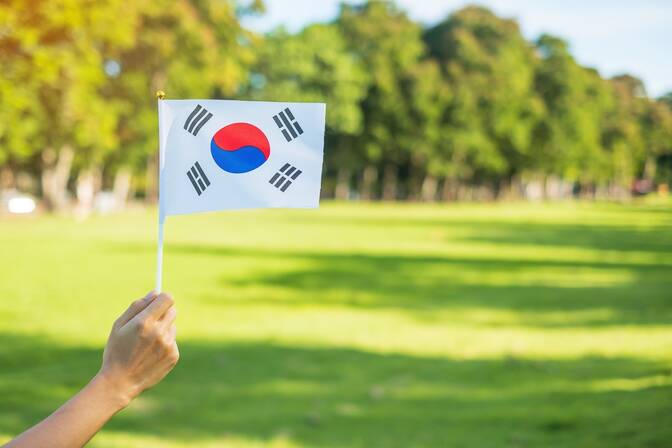Samiljeol
March 1, Saturday

Historical Background
The March 1st Movement was sparked by the death of Emperor Gojong, the last emperor of the Korean Empire, which fueled suspicions of foul play by the Japanese authorities. On March 1, 1919, 33 Korean cultural and religious leaders signed and read aloud a Declaration of Independence at Pagoda Park in Seoul. This act ignited nationwide demonstrations, with over two million Koreans participating in more than 1,500 protests across the country. Although the movement was largely nonviolent, it was met with brutal suppression by Japanese forces, resulting in thousands of deaths, injuries, and arrests.
Significance
Samiljeol is a symbol of Korean resilience and the enduring desire for national sovereignty. The movement laid the foundation for future resistance efforts and helped garner international attention to Korea’s plight. It also led to the establishment of the Provisional Government of the Republic of Korea in Shanghai, which played a crucial role in Korea’s eventual liberation in 1945.
Modern Observance
Today, Samiljeol is marked by various commemorative events and ceremonies throughout South Korea. The most prominent ceremony is held at the Seodaemun Prison History Hall in Seoul, a former detention center where many independence activists were imprisoned and tortured. The President of South Korea typically delivers a speech honoring the sacrifices of those who fought for independence.
Common Traditions
- **Raising the national flag (Taegeukgi)**: Citizens display the South Korean flag at homes and public buildings.
- **Educational programs**: Schools and media outlets often present documentaries and lessons about the March 1st Movement.
- **Public ceremonies**: Government officials and citizens participate in memorial services and reenactments of the protests.
- **Cultural performances**: Traditional music, dance, and plays are performed to honor the spirit of the movement.
Samiljeol serves not only as a day of remembrance but also as a reaffirmation of South Korea’s national identity and democratic values.
